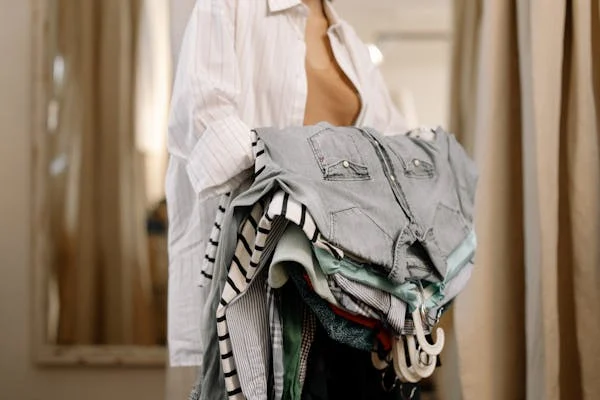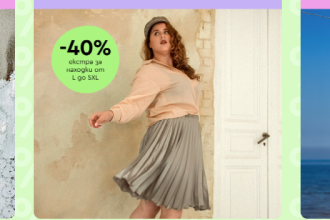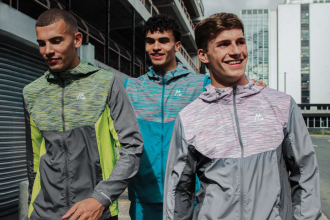Looking polished doesn’t have to come with a hefty price tag. With some strategy, a sharp eye, and a bit of creativity, it’s entirely possible to build a wardrobe that looks refined—even luxurious—without emptying your wallet. The secret lies not in what you spend, but how you style, select, and care for your pieces.
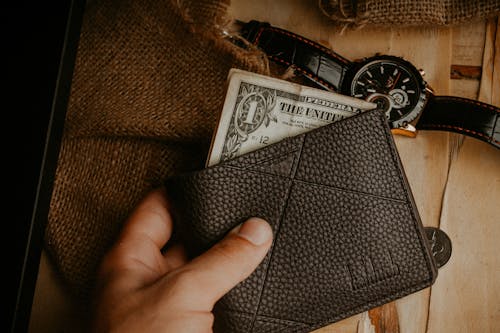
Focus on Fit First
No matter how much you paid for a piece, if it doesn’t fit properly, it won’t look high-quality. Tailoring is one of the most overlooked tools in affordable fashion. A $25 blazer can rival a $250 one if it’s tailored to your shape. Even slight adjustments—hemming pants, taking in a waist, shortening sleeves—can elevate the entire look.
When shopping, prioritize pieces that can be easily altered and look at construction lines. Avoid items that are overly complicated to fix or made with poorly structured seams.
Neutrals Work Harder
Neutrals have a way of looking more expensive. Black, white, beige, gray, and navy tend to show less wear and are easier to mix and match. They’re timeless, easy to layer, and often give off a clean, understated vibe that mimics designer aesthetics.
That doesn’t mean avoiding color entirely, but starting with a neutral foundation allows your outfit to feel cohesive and intentional, especially when working with limited options.
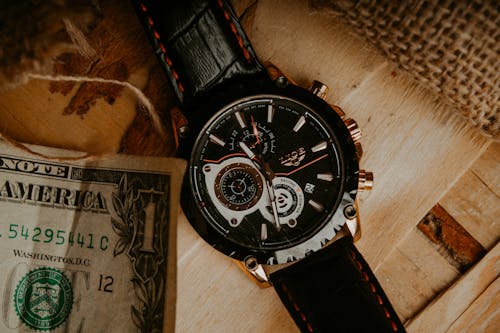
Invest Where It Counts (Even if It’s Secondhand)
While the overall wardrobe might be built on affordable basics, having a few standout items can pull everything together. Look for these in secondhand shops, thrift stores, or online resale platforms:
- Leather bags or structured totes
- Statement belts
- Quality coats (wool, trench, or tailored blazers)
- Footwear that looks structured and clean
A thrifted trench coat or a vintage bag can add more polish than an entire rack of fast fashion trends.
Learn to Spot Rich-Looking Fabrics
Some fabrics naturally look more high-end. Others tend to cheapen an outfit quickly. When shopping on a budget, feel the material, not just the cut.
Choose:
- Cotton poplin
- Wool blends
- Twill
- Structured knits
- Linen (even wrinkled, it carries elegance)
Avoid:
- Shiny polyester
- Thin jersey
- Overly stretchy synthetics
- Poorly printed patterns that look flat or pixelated
Solid colors tend to mask low-quality fabric more easily than patterns or prints.
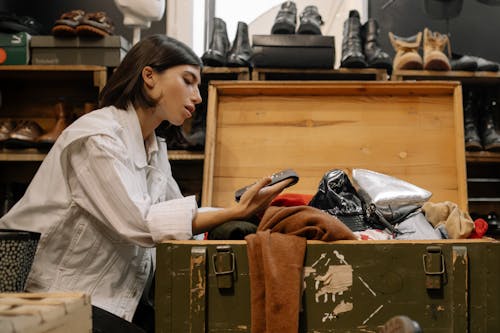
Keep It Clean and Pressed
No matter how stylish the outfit, wrinkles, lint, and scuffed shoes will undercut the whole look. Iron your shirts. Brush off your coat. Keep your shoes polished. These small grooming habits instantly raise the impression of your clothes—even if they were affordable.
A $10 button-up shirt that’s neatly pressed will always look better than a $100 shirt that’s wrinkled and rumpled.
Accessories Make the Difference
Simple, structured accessories can give any look a more refined finish.
- A leather (or quality faux-leather) belt defines your waist and pulls separates together.
- Simple gold or silver jewelry (even plated or costume) adds polish without fuss.
- A silk scarf, clean sunglasses, or a classic watch can shift a basic outfit into something that feels deliberate.
Stick to minimal, classic shapes. Avoid over-embellished or overly trendy accessories—they tend to show their price point faster.
Shoes: Keep Them Simple and Sleek
You don’t need a closet full of shoes, but a few well-maintained pairs go a long way. Pointed-toe flats, ankle boots, white sneakers, and classic loafers are all safe bets.
Clean shoes regularly, replace insoles when needed, and store them in a way that maintains their shape. A polished, neutral-toned shoe instantly gives off a composed vibe.
Monochrome Always Works
Wearing one color head to toe—or various shades of the same tone—creates a visual line that feels sophisticated. It doesn’t have to be black. Cream, camel, navy, or charcoal can have the same impact.
The consistency in tone can help even simple or inexpensive pieces look thoughtful and cohesive.
Tuck It, Cuff It, Cinch It
Sometimes it’s not what you wear, but how you wear it. Small styling tricks can instantly change how your outfit reads:
- Tuck in your shirt for a cleaner silhouette
- Roll up your sleeves or pant hems for added detail
- Cinch a loose piece with a belt to create structure
- Drape a coat over your shoulders for a relaxed, editorial touch
These habits cost nothing but add refinement.
Stick to Classic Cuts
Timeless pieces tend to age better, both in appearance and in fashion relevance. You don’t have to avoid trends completely, but relying too heavily on them can date your wardrobe fast and force you to keep spending.
Prioritize:
- Tailored blazers
- Straight or wide-leg trousers
- Button-down shirts
- Knit sweaters
- Midi skirts or clean-cut denim
Use trends in small doses—like with jewelry, hair accessories, or a seasonal color.
Confidence Is the Final Touch
No outfit looks expensive if it’s worn with discomfort. The confidence in how you carry yourself can elevate a basic outfit faster than any designer label. Walk with posture, make deliberate choices, and avoid second-guessing your outfit once you leave the house.
A confident presence in a clean, well-styled outfit will always feel more polished than a flashy label worn with uncertainty.
Final Word
Dressing well isn’t about price—it’s about intention. Knowing how to style what you own, finding beauty in simple details, and paying attention to how clothes fit and feel makes all the difference. With patience and an eye for balance, anyone can dress in a way that looks sharp, elegant, and far above the budget it came from.
